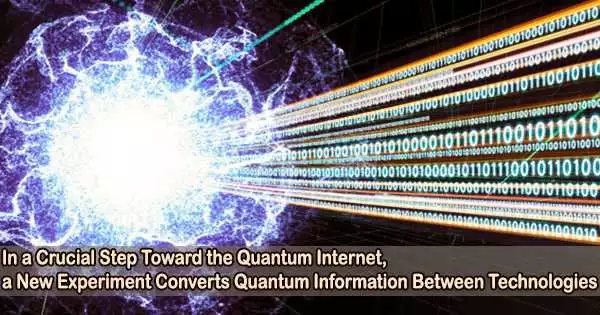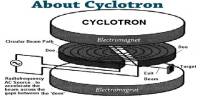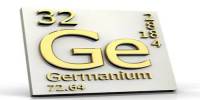The ability to “translate” quantum information between various quantum technologies has important ramifications for quantum networking, communication, and computing.
The research was published in the journal Nature on Wednesday. It represents a fresh method for converting quantum data from the quantum computer format to the format required for quantum communication.
Quantum information technologies depend on photons, although different technologies employ them at different frequencies. For example, some of the most common quantum computing technology is based on superconducting qubits, such as those used by tech giants Google and IBM; these qubits store quantum information in photons that move at microwave frequencies.
However, microwave photons can’t be used to connect quantum computers or establish a quantum network since they can’t hold onto their quantum information for the duration of the journey.
“A lot of the technologies that we use for classical communication cell phones, Wi-Fi, GPS and things like that all use microwave frequencies of light,” said Aishwarya Kumar, a postdoc at the James Franck Institute at University of Chicago and lead author on the paper. “But you can’t do that for quantum communication because the quantum information you need is in a single photon. And at microwave frequencies, that information will get buried in thermal noise.”
The answer is to shift the quantum information to an optical photon, a higher-frequency photon that is significantly more resistant to background noise. However, information cannot be conveyed from one photon to another directly; instead, intermediary matter is required. Some experiments design solid state devices for this purpose, but Kumar’s experiment aimed for something more fundamental: atoms.
One of the things that we’re really excited about is the ability of this platform to generate really efficient entanglement. Entanglement is central to almost everything quantum that we care about, from computing to simulations to metrology and atomic clocks. I’m excited to see what else we can do.
Aishwarya Kumar
Atomic electrons are only ever permitted to have a limited range of energy, or energy levels. A photon whose energy perfectly matches the difference between the lower and higher level can excite an electron that is at a lower energy level to a higher level.
In a similar manner, when an electron is compelled to move to a lower energy level, the atom releases a photon with energy equal to the difference between the levels.
The two gaps in the levels of rubidium atoms that Kumar’s invention takes use of are the ones that precisely match the energies of an optical photon and a microwave photon.
The method enables the atom to absorb a microwave photon with quantum information and then produce an optical photon with the quantum information by utilizing lasers to change the atom’s electron energy up and down. This translation between different modes of quantum information is called “transduction.”
The substantial advancements in atom manipulation have allowed scientists to use atoms for this purpose effectively.
“We as a community have built remarkable technology in the last 20 or 30 years that lets us control essentially everything about the atoms,” Kumar said. “So the experiment is very controlled and efficient.”
He says the other secret to their success is the field’s progress in cavity quantum electrodynamics, where a photon is trapped in a superconducting, reflective chamber. The superconducting cavity enhances the interaction between the photon and whatever stuff is placed inside it by forcing the photon to bounce around in a closed environment.
Their chamber appears to be more like a chunk of Swiss cheese than it does an enclosed space. However, what appear to be holes are actually tunnels that meet in a precise shape, allowing for the trapping of photons or atoms at intersections. It’s a brilliant design that also provides access to the chamber so that the atoms and photons can be injected.
The technology works both ways: it can transfer quantum information from microwave photons to optical photons, and vice versa. It can therefore be a key component of a quantum internet and be on either side of a long-distance link between two superconducting qubit quantum computers.
However, Kumar believes that this technology may have far more uses than only quantum networking. Its primary skill is the ability to successfully strongly entangle photons and atoms, a challenging but necessary operation in a variety of quantum technologies.
“One of the things that we’re really excited about is the ability of this platform to generate really efficient entanglement,” he said. “Entanglement is central to almost everything quantum that we care about, from computing to simulations to metrology and atomic clocks. I’m excited to see what else we can do.”
















